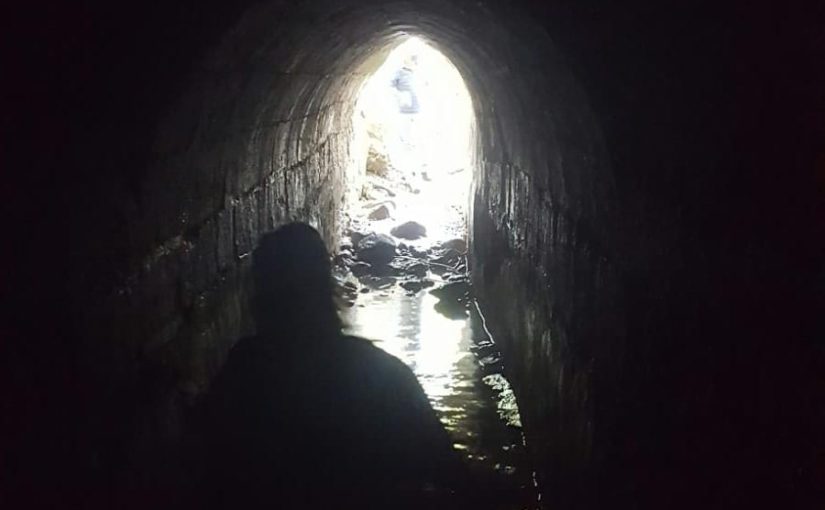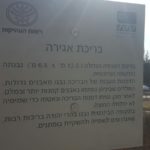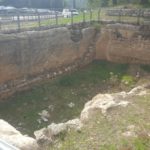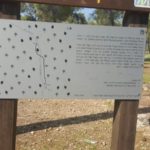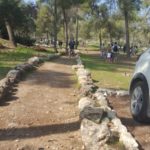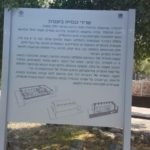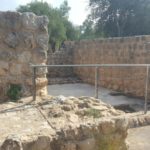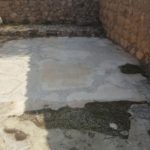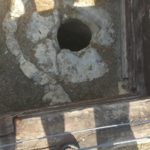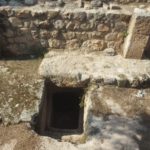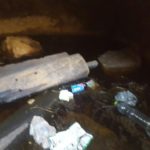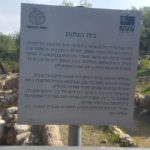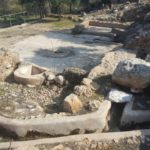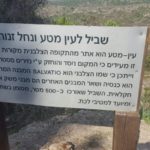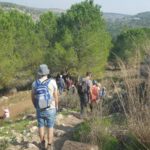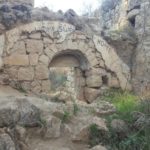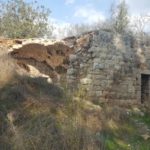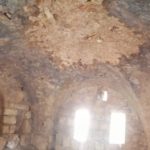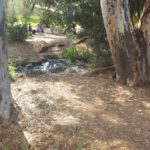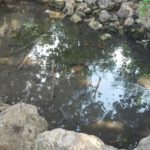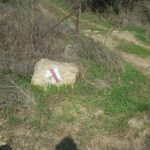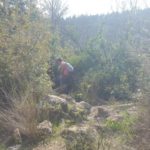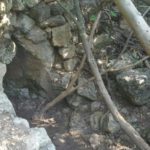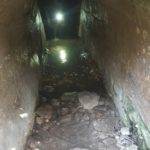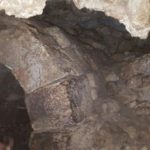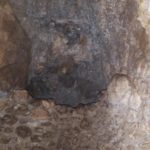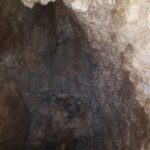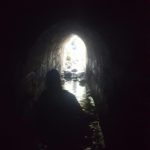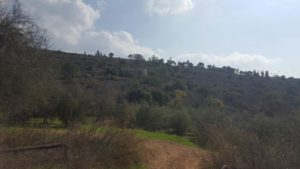Hi,
After we spent the first two weekend after the lockdown, on our parents house, we went out to the nature: a short hike to Hanut Ruins and two springs: Ein-Mata and Ein-Tanur.
And we were not the only ones, as the trail was packed. The Coronavirus regulations are still here as the sign reminds us. We walked most of the time with masks on our faces and avoided sitting next to other families (as you would like to do anyway on an hike in the nature).
Take Care
Gad
Reserve pool – 6.5*12.5m big, from Byzantine Empire time. The walls built from big stones and smaller ones between them an mortar. During this time, many pools were built.
The Caeser trail – an 4km hiking trail along a road built for on Hadrian on 130BC, from Ashkelon to Jerusalem.
An Byzantine church ruins, probably part of a monastery, that host pilgrims on their way to Jerusalem and Bethlehem. The 4.2*10m mosaic of the main hall was uncovered on 2016. It was ruined in ancient times by people against the images of human on public space. It was been ruined after been uncovered by ultra rebellious who are against archeological diggings.
On the east there is a small crypt. The walls are from the Ottoman time building that stood here.
The winepress house (8*14.8m) from Byzantine time with 3 levels.
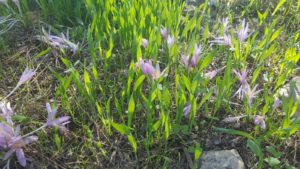 Colchicum flowering
Colchicum flowering
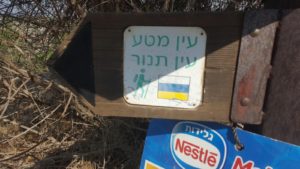 The sign to Ein-Mata and Ein-Tanur and trail marking of Israel National Trail
The sign to Ein-Mata and Ein-Tanur and trail marking of Israel National Trail
The trail to Ein-Mata and Zanuh stream. The building is from the Crusades time and named Salvatio.
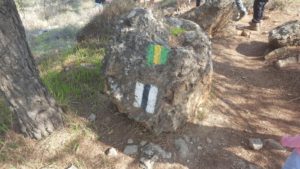 The black hiking trail and Golani Brigade trail marking
The black hiking trail and Golani Brigade trail marking
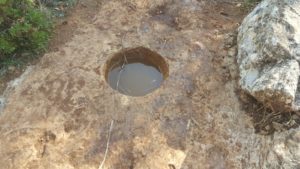 A unclear hole full of rainwater on the trail
A unclear hole full of rainwater on the trail
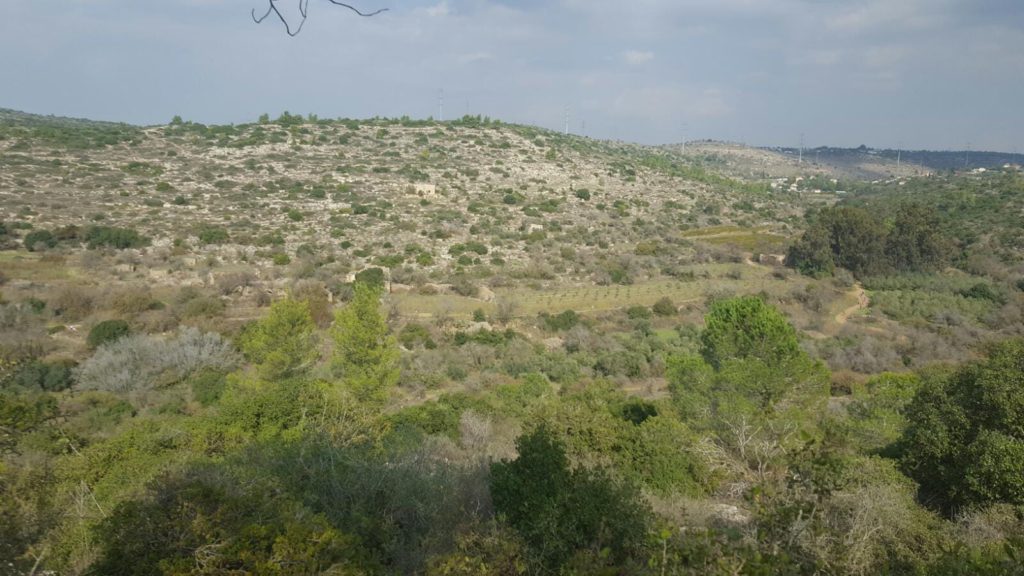 Looking from above on Zanuh stream and the two springs: Ein Nata on the right, below the ruin on the edge of the forst; Ein Tanur below the house on the left.
Looking from above on Zanuh stream and the two springs: Ein Nata on the right, below the ruin on the edge of the forst; Ein Tanur below the house on the left.
The old Arab house near Ein Mata, the roofs were rib vault – look on the thickness of it. The building is from crusades time and named Salvatio and was maned by . The main building was a church and the rest are farm houses.
The puddle of mud of Ein Mata
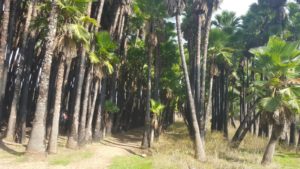 A Plantation of Mexican washingtonia, most are burned and it isn’t so clear what was the idea of planting those here. The name of the spring is named after this plantation (Mata in Hebrew)
A Plantation of Mexican washingtonia, most are burned and it isn’t so clear what was the idea of planting those here. The name of the spring is named after this plantation (Mata in Hebrew)
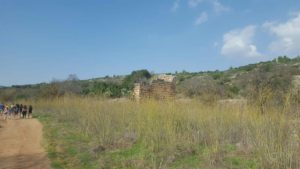 The ruins of the Arab village of Hirbat Tanur
The ruins of the Arab village of Hirbat Tanur
The clear hiking mark to Ein-Tanur grotto.
Ein Tanur (“Oven Spring”) 10 m grotto. A short walk on the cold water.
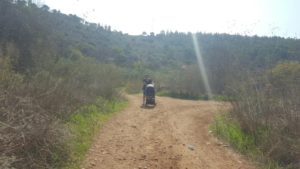 I know I said it is a family hiking trail, but not as much as taking a stroll
I know I said it is a family hiking trail, but not as much as taking a stroll ![]()
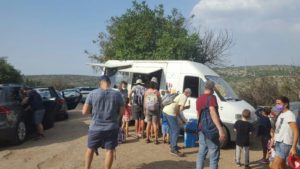 The Gazlan on the top, not so expensive – only twice as what you would pay in a 24/7 store
The Gazlan on the top, not so expensive – only twice as what you would pay in a 24/7 store ![]()

